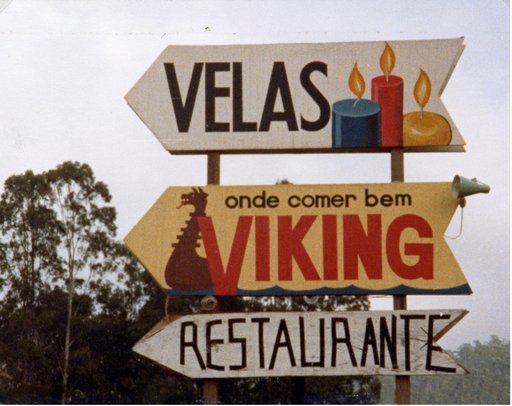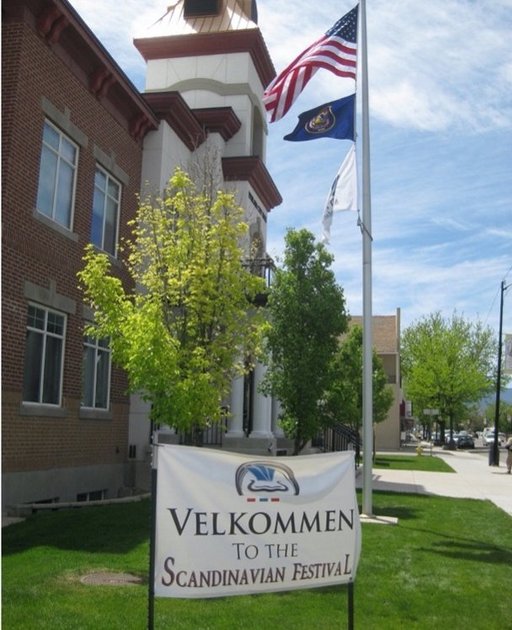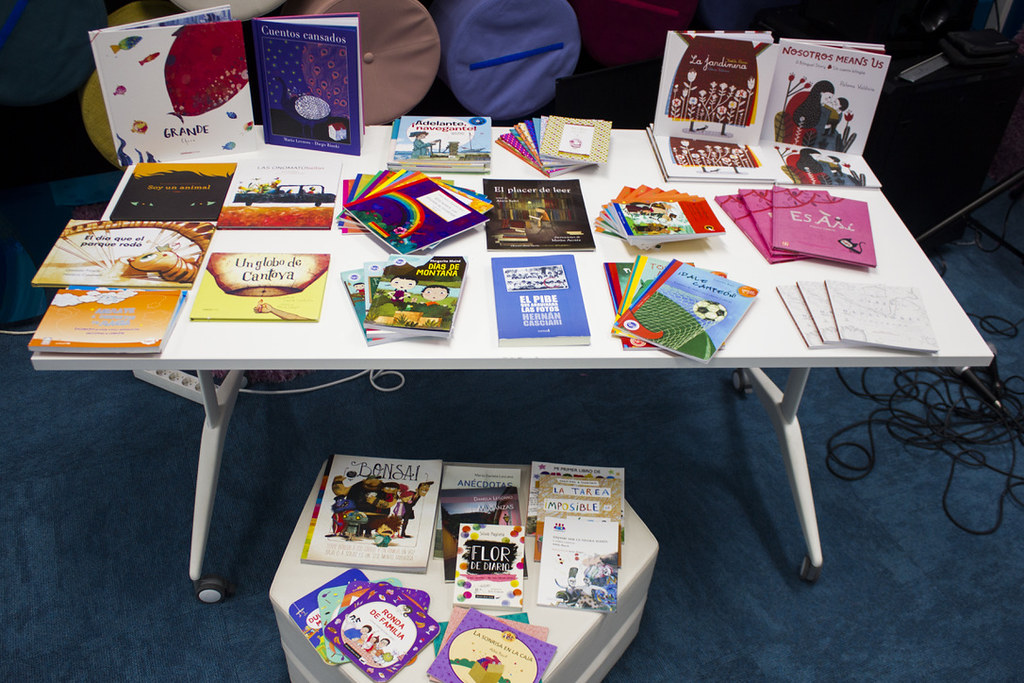Heritage languages in and from the Nordic Region
Maintaining the language and identity associated with heritage languages in the Nordic countries can be challenging: Official policies and economic opportunities, together with the cultural pressure to assimilate, can create a language shift away from heritage languages towards more dominant ones.
Heritage languages are non-dominant languages, often with little prestige, and their speakers also speak the dominant language of the country they live in. Heritage languages are often associated with immigrant groups, although they can also be spoken by groups that are not new to the territories where they are used. For example, Spanish is a typical heritage language that arrived to the Nordics with groups of refugees and migrants fleeing the Latin American authoritarian governments in the 1970s. Kven, on the other hand, is a language of historical migration within the Nordic region. Similarly, Sámi varieties can be seen as heritage languages if their communities have shifted to another language which is more dominant in the larger society.
Defining heritage languages
A central concept for their definition is “heritage”, which connects with knowledge and goods from the past and the roots of a community. On the other hand, heritage is also often seen in connection with vulnerability and threat, and as something that needs to be protected. The term “Heritage language” first appeared officially in the name of an education program in Canada in the 1970s when discussing the education of minority language children. The aim was to promote a sense of self-esteem and a fuller understanding of respective cultural backgrounds. In the Nordics, different terms have been used for heritage language depending on the perspective. In Finland, for example, the education system used kotikieli ‘home language’ alongside the more recent perintökieli ‘heritage language’. In Danish, arvesprog can be used, although mindretalssprog ‘minority language’ is also common. These examples show how heritage language studies are closely connected to minority languages and indigenous languages. The naming is defined by the context of use, making evident the social embeddedness of language use in general.
Heritage languages are a prime practical example of multiculturalism in a society, highlighting the global aspects of everyday linguistic interactions. Today, Nordic societies are multicultural settings due to transnational and global migration and regional developments, where many heritage languages are spoken. For example, the data from Statistics Finland in 2020 shows that the largest foreign-language speaking groups in Finland were Russian, Estonian, and Arabic speakers. In Sweden, although official numbers are hard to come by, the most spoken immigrant languages include Finnish, Arabic, and varieties spoken in the region of the Former Yugoslavia, such as Bosnian, Croatian, and Serbian.
While there is a wealth of research on immigrant languages in the Nordic countries, the field of heritage language research is still growing and developing. We can expect to see more research in this area in the coming years.
Who is a heritage speaker?
Defining a heritage speaker is not an easy task. Identity is often central for a heritage language speaker, as language is a crucial factor of identity construction, even in communities where a minority or heritage language is replaced by the majority language. As such, the language may lose its communicative function but serve as a symbolic marker of communal identity and belonging, a phenomenon called “post-vernacular language use”. When a language is “post-vernacular” it means that it is no longer used as a main form of communication or productive use, although people in a community might still use elements of a heritage language for certain foods, holidays, household items, name for family members, and so on.
Balancing between language loss and maintenance
As shown by several studies in the Nordic communities in North America and by Pia Lane’s research on the Kven community in Northern Norway, official policies and economic opportunities, together with cultural pressure to assimilate, create an invisible, ideological hand, often guiding speakers towards language shift. An ideology of accepting only the majority language can become naturalized in a very short period of time, as shown in different contexts across heritage communities.

A case in point is the community of Finnish migrants that moved to Argentina in 1906 and founded a settlement known as Colonia Finlandesa in the province of Misiones. Finnish was lost in the community within about 50 years as a result of demographic changes related to the small number of people in the colony, return migration to Finland, the bilingualism of the founding group, and marriages with people who did not speak Finnish. In the beginning of their endeavor, there was a period when the colony had a separate identity, supporting the maintenance of Finnish as a home language and that of a close community. However, alongside the use of the dominant language Spanish in other settings such as commerce and agricultural syndicates, the Argentinian language policies supported assimilation into the Spanish-speaking society. For example, migrants had to give Spanish names to their children in official documents and registers, and the language used in schools was Spanish. Combined with the low number of Finns and the consequent lack of contact with other speakers of Finnish, these developments led to a near complete loss of the language by the 1970s. Today, some individual speakers and heritage community members who have some knowledge of Finnish can be found, but the original community has dissolved.
On the other hand, ideologies relating to identity and homeland culture might help to maintain heritage languages and certain customs. These aspects often remain in some other form even if the language itself disappears, as shown in many post-vernacular communities in the North American context. What remains to be seen is if heritage communities in the Nordics are able to maintain heritage languages or if their languages gain mainly symbolic identity functions.

Post-vernacular language and identity maintenance
One Scandinavian post-vernacular community has been identified in Sanpete County, Utah. In their 2018 article on the Sanpete County community, which consisted of a majority of Danish migrants from about 1850 to 1920, Karoline Kühl and Elizabeth Peterson noted that there was no evidence of productive use of Danish or other Scandinavian languages that had been learned in the home. That is not to say, however, that Danish language was completely absent from the community. It lives on in the form of food traditions, including the names of foods like æbleskiver ‘pancake balls,’ conversational routines like the use of ‘yah’ to mean ‘yes,’ and names of grandparents, for example. In a later study (2018), Peterson linked the Danish/Scandinavian coffee ritual to maintenance of a Danish identity. This was interesting in the context of Utah, where the dominant religion, the Church of Jesus Christ of Latter-day Saints, recommends that its members do not drink coffee. In the specific context of Utah, then, drinking coffee was a way to retain a connection Danish heritage, an action that for some people served as a link to a Danish identity when the Danish language was no longer available as a link to this history.
Further reading
- Karoline Kühl and Elizabeth Peterson, ‘The Remains of the Danes: The Final Stages of Language Shift in Sanpete County, Utah’. Journal of Language Contact, 11, 2 (2018), pp. 208–232.
- Eeva Sippola, ‘Spanish contact influence in a Finnish heritage community in Misiones, Argentina’. Nordic Journal of Linguistics (2021), pp. 1–21.

